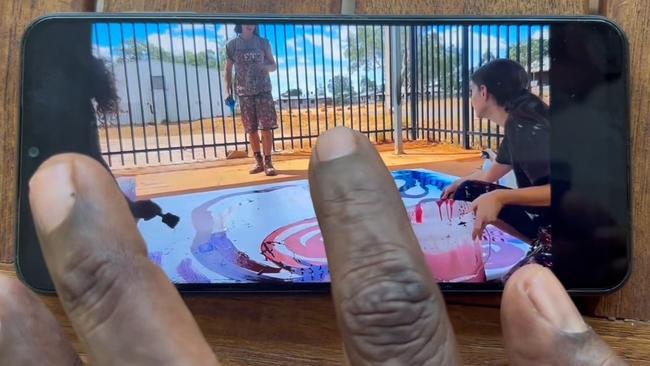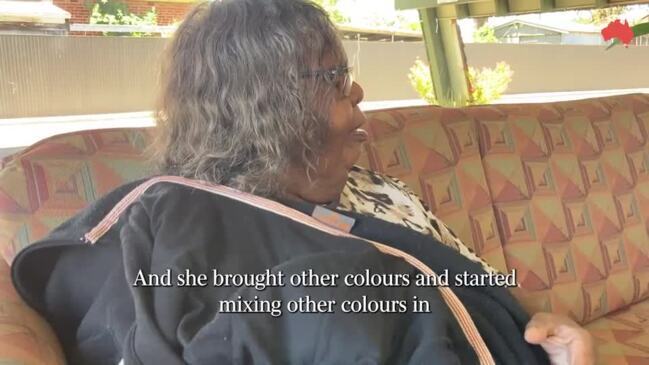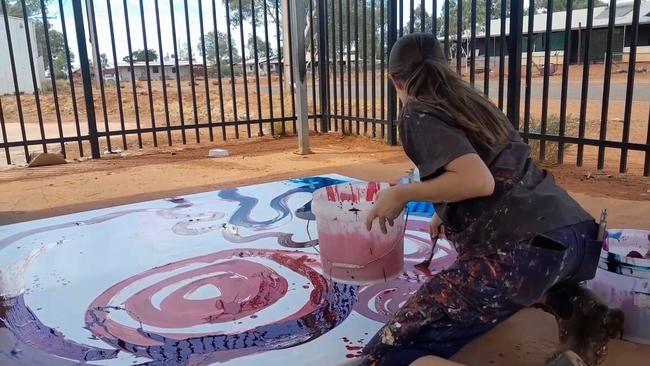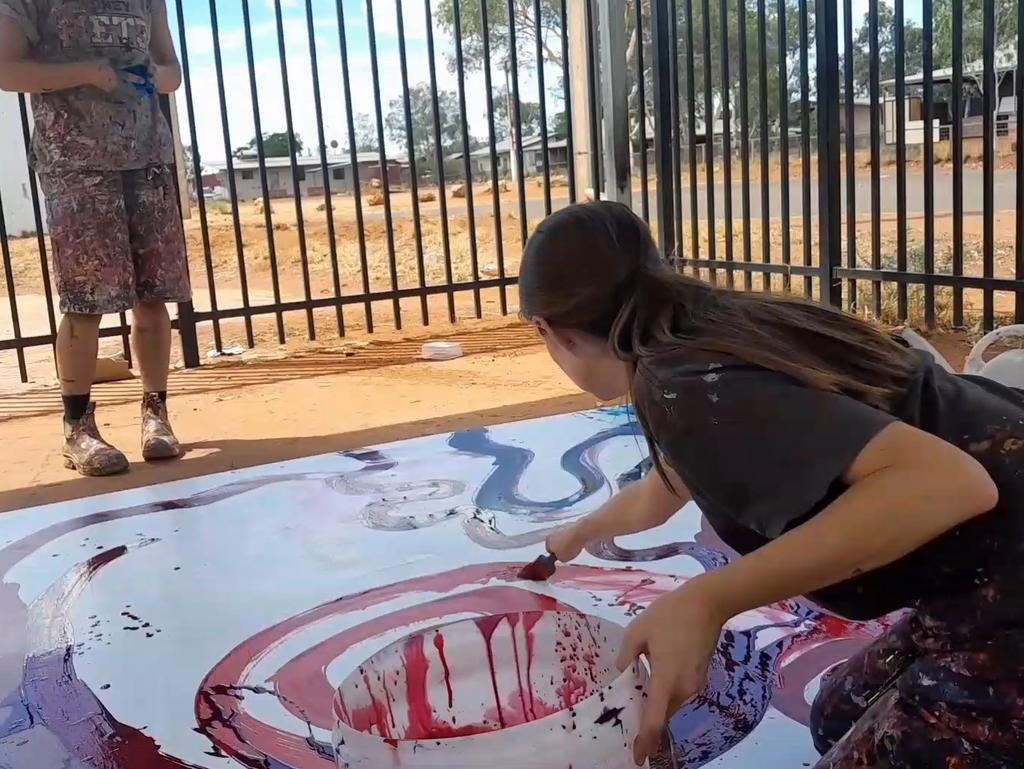Aboriginal art collectors should know exactly what they are getting amid APY Lands Art Collective claims

As we detail on Saturday, throughout a months-long investigation Bearup’s endeavours have been met with vehement denials, pages of emotional testimonials, repeated legal threats and an abandoned NSW Supreme Court injunction in a bid to prevent the allegations from being made public. At its heart, the issue involves cultural integrity, fair treatment and what makes Indigenous art special. It is a theme that has been explored deeply across many years in the pages of The Weekend Australian.
In a 2016 report, “Indigenous art’s journey traced in three pivotal books”, Nicolas Rothwell mused: “If the precise date and true point of origin of Aboriginal art is contentious, so too are the details of its story: the arc of its ascent, the nature of its trajectory, its relationship to traditional Indigenous culture and to developments in the wider world … Does it have a future as an independent, autonomous tradition or is it destined to merge with contemporary culture as a piquant entertainment, to become fodder for international biennales and exhibitions, to flow in placid fashion into the vast, restlessly surging ocean of world art?”
Rothwell quoted renowned expert Wally Caruana, who wrote: “Aboriginal art and artists have been incorporated into the mainstream of Australian art, and to a lesser degree the international art arena.”

This question of Indigenous art’s relationship to traditional culture and to developments in the wider world is central to Bearup’s reports. APY artists have won many of Australia’s most prestigious art prizes, including the Wynne and the Archibald. APY paintings hang in the Pompidou in Paris and the Guggenheim in Bilbao. Some of its top artists earn well north of $100,000 a year and support their impoverished extended families.
In the 2021-22 financial year the collective made sales of $3.8m, of which $3m was returned to artists and arts centres on the APY Lands. There is no question that much good is derived for Indigenous communities from programs such as the APYACC. This includes both financial and emotional good that extends throughout the communities where art is produced to the broader community enjoyment of the work.
Without patronage from outside the APY community it is impossible to believe the same success would have been possible. But neither is it possible to ignore disagreements or claims from some of the artists that non-Indigenous participants have been overstepping the mark. Most worrying is the perception that artists may have been intimidated to withdraw complaints or hide the truth of how they feel.

Productivity Commission commissioner Romlie Mokak says allegations made by some artists are “serious claims” and it is an important issue to investigate. The Weekend Australian agrees and this is the reason for our extensive investigation and reports. Mr Mokak says the expression of things that are cultural and sacred is essential to the maintenance of Indigenous culture. “Anything that pretends to be Tjukurpa that is not is problematic,” he says.
This newspaper has a long history of reporting on Indigenous art as well as the experience of those on remote communities. Rothwell and Ashleigh Wilson won a Walkley award in 2006 for their investigations into carpetbagging in the Indigenous art world and claims of exploitation.
Their reports sparked a federal Senate committee inquiry that said there was “no doubt that there have been unethical practices engaged in within the field of Indigenous arts and craft … In spite of all this, the committee urges everyone in the sector to recognise each other’s sense of commitment, and reap the benefits of co-operation, rather than sow seeds of rancour and division”. Sixteen years on, it seems many of the same issues and concerns remain.
Indigenous artists must be free to paint their Tjukurpa, the spiritual connection that links Anangu to the environment and their ancestors. Commercialisation has its place and can be a powerful force for good in remote communities, but this must be negotiated openly and transparently so cultural sensitivities are respected and collectors know exactly what they are getting.




In an age when respect, integrity and authenticity are at the centre of community expectations, the story of how Aboriginal art is produced, marketed and sold is one that demands attention. Greg Bearup raises some uncomfortable issues in his report about serious allegations of what is happening in the studios of the APY Art Centre Collective in South Australia.